The Western Indian Ocean (WIO) is no longer a remote, forgotten stretch of water. From the Horn of Africa down to the Mozambique Channel, scattered with islands like Seychelles, Mauritius, and Madagascar, these seas have quietly become one of the busiest and most closely watched maritime corridors in the world.
Tankers and cargo ships move through every day, carrying oil, gas, and goods that keep economies across Africa, Asia, and the Middle East ticking. For India, whose trade and energy lifelines rely on these waters, what happens here is never “far away”. It shapes security, livelihoods, and the country’s broader strategic future.
In October 2025, China’s naval activity caught international attention again. Its 48th Naval Escort Fleet, including the destroyer Tangshan and frigate Daqing, set off from Qingdao on an anti-piracy mission to the Gulf of Aden. While such deployments are framed as routine, they underscore Beijing’s growing interest in securing vital sea lanes.
Over the past decade, China has poured money into ports and coastal projects, from its first overseas military base in Djibouti to the strategic Gwadar port in Pakistan. What may appear as commerce on the surface is intertwined with strategic ambitions.
For India, whose trade and energy lifelines pass through these waters, the WIO is no longer peripheral. It is central to national security and regional influence.
China’s Expanding Presence
China’s engagement in the WIO has intensified in recent years, mainly in the fields of naval, commercial and infrastructural. Its Belt and Road Initiative projects in the region have grown to record levels, with energy-related investments reaching new highs in the first half of 2025. Beyond infrastructure, China is developing deep-sea ports such as KyauThe Western Indian Ocean is where security, trade, and diplomacy intersect.kphyu in Myanmar, a key part of the China-Myanmar Economic Corridor, which is expected to handle millions of containers annually.
Impact Shorts
More ShortsChina’s maritime activities also extend to the deployment of research and survey vessels mapping the seabed in the eastern Indian Ocean, potentially enhancing its submarine warfare capabilities. These initiatives show that Beijing is combining commercial, scientific, and military efforts to strengthen its footprint in the WIO, influencing trade routes and regional security dynamics.
India’s Strategy & Maritime Reach
India never issued a ‘Monroe Doctrine’ for the Indian Ocean, yet its primacy in the basin has been widely accepted by littoral states.
India emphasises partnerships, trust, and a rules-based approach over confrontation. Initiatives like the Indo-Pacific Oceans Initiative and engagement with countries such as France, the United States, Japan, and Australia reflect its commitment to stability and multilateral collaboration.
The Ministry of External Affairs’ Indian Ocean Region Division coordinates policy, while the Navy maintains strong ties with Seychelles, Mauritius, and Oman. Access to strategic facilities such as Duqm Port in Oman and Réunion Island allows India to respond swiftly to regional contingencies.
Naval exercises like Konkan 2024 enhance interoperability and operational coordination, complementing India’s wider strategic posture. The Sagar doctrine, Security and Growth for All in the Region, introduced by Prime Minister Narendra Modi in March 2015 during his visit to Mauritius, guides India’s engagement, linking defence cooperation with capacity building, humanitarian aid, and environmental protection.
In fact, the doctrine envisions India as a “net security provider” and a developmental partner in the Indian Ocean, promoting collective security, economic growth, and sustainable maritime governance. The Information Fusion Centre Indian Ocean Region (IFC-IOR) in Gurugram acts as a nerve centre, connecting India with African and Indo-Pacific partners for maritime intelligence and disaster risk reduction and climate resilience. It reflects India’s commitment to ensuring peace and strategic posture by emphasising developmental security, stability, and prosperity across the Indian Ocean Region (IOR). It is a direct counter to the perception of China’s militarisation and “debt-trap diplomacy” in the WIO.
Why Africa Matters
Today Africa is no longer peripheral in global affairs. The Western Indian Ocean (WIO) region comprises 10 countries: Somalia, Kenya, Tanzania, Mozambique, South Africa, Comoros, Madagascar, Seychelles, Mauritius, and the French overseas territory of Réunion. The eastern African coast, from Somalia to Mozambique, is central to India’s maritime security. Through platforms such as the India–Africa Forum Summit and blue economy dialogues, India emphasises skills development, training, and local ownership, aligning with Africa’s Agenda 2063 for sustainable development.
On the ground, India’s cooperation is tangible. In Mauritius, over $680 million has been invested in infrastructure, healthcare, and maritime security, including Port Louis redevelopment and monitoring of the Chagos Marine Protected Area. In Seychelles, naval visits and joint training programmes have strengthened professional ties with the Defence Forces. In Mozambique, India’s involvement in the $20 billion LNG project with Total Energies reinforces both regional energy security and local development.
Critical Chokepoints and Energy Security
The WIO contains some of the world’s most vital maritime chokepoints, including the Strait of Hormuz, Bab el-Mandeb, and the Mozambique Channel. A significant portion of India’s oil supply passes through these corridors, making their security non-negotiable. The Strait of Hormuz alone carries around 20 per cent of global oil shipments, while the Bab el-Mandeb Strait has seen tensions, including missile attacks by Houthi rebels.
India works with regional and global partners through multilateral exercises and minilateral partnerships with France, the UAE, the United States, and Saudi Arabia, focusing on maritime information sharing, coordinated patrols, and maintaining regional stability.
Balancing Power and Opportunity
India recognises that projecting military power alone is not enough. Smaller island states prioritise climate, environmental protection, and sustainable development. By pairing defence cooperation with development assistance, India positions itself as a responsible partner and presents an alternative to China’s debt-driven infrastructure model.
India’s geostrategic posture in the Indian Ocean is now a crucial part of its broader defence strategy, especially as India-China relations evolve. Every Chinese move, from port developments to naval patrols, affects India’s strategic calculations. Maintaining a steady presence in the WIO is essential.
Shaping the Region’s Future
The Western Indian Ocean is where security, trade, and diplomacy intersect. India’s sustained engagement, naval exercises, and partnerships with African littoral states demonstrate a forward-looking maritime strategy. While competition exists, so do opportunities for collaboration, stability, and growth. For India, the WIO is shaping its role in the Indo-Pacific, not as a bystander, but as a steady and responsible power for decades to come. It is a pivotal point which possesses potential which can define the economy, the climate, and the balance of power for generations to come.
Rashmi Rani Anand is an Assistant Professor at the Centre for African Studies, School of International Studies, Jawaharlal Nehru University, New Delhi. Prashanto Bagchi is a Research Analyst at covering China. Views expressed in the above piece are personal and solely those of the writer. They do not necessarily reflect Firstpost’s views.


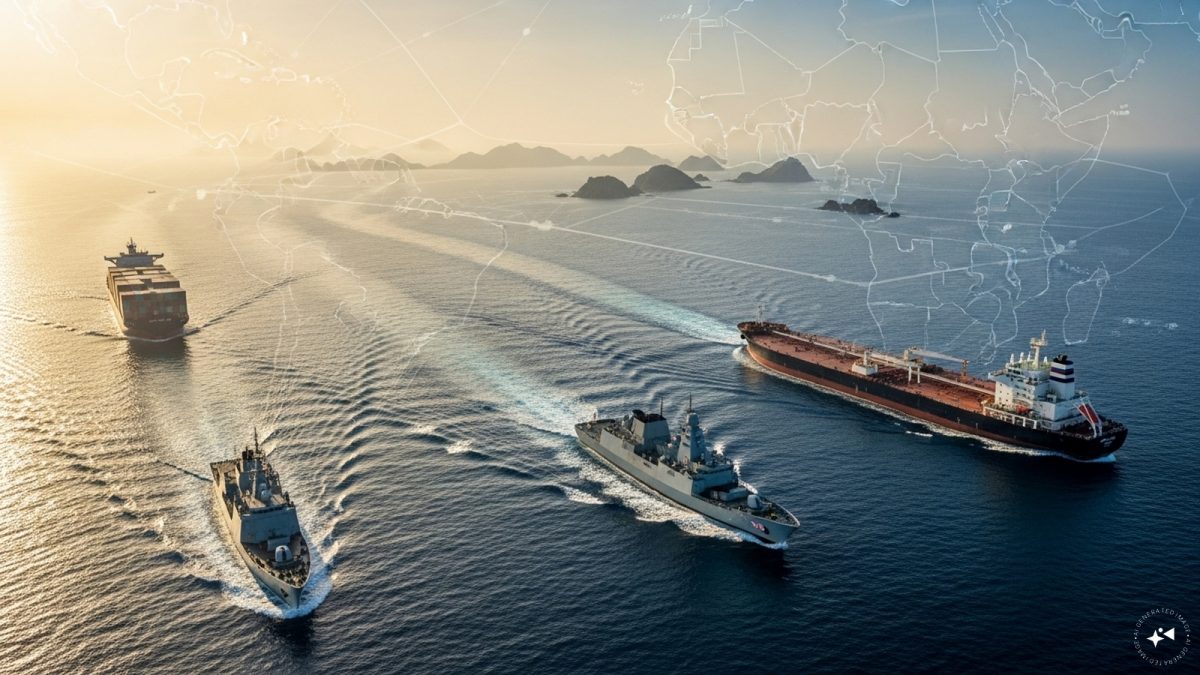)
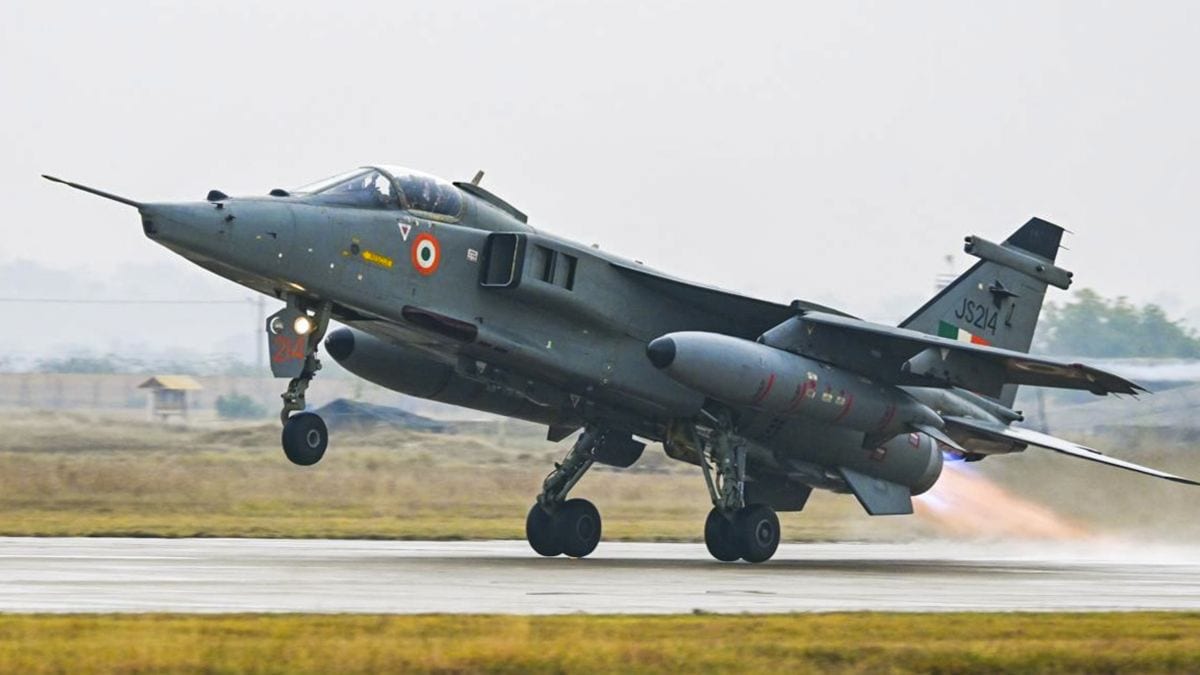
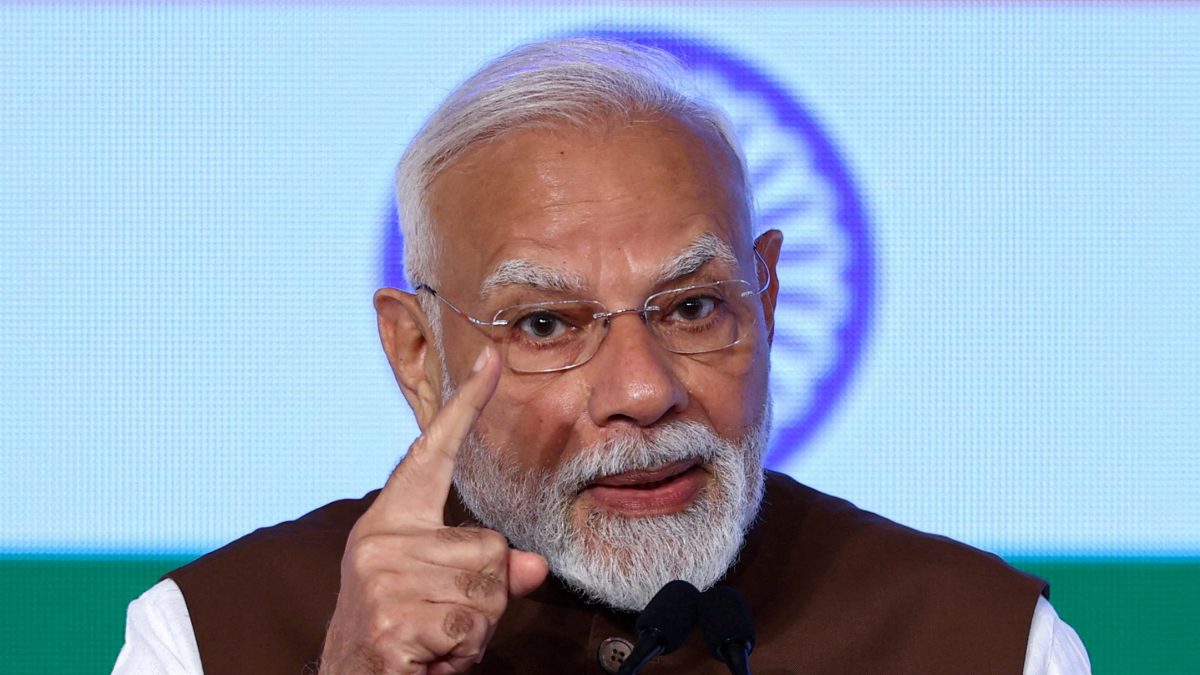)
)
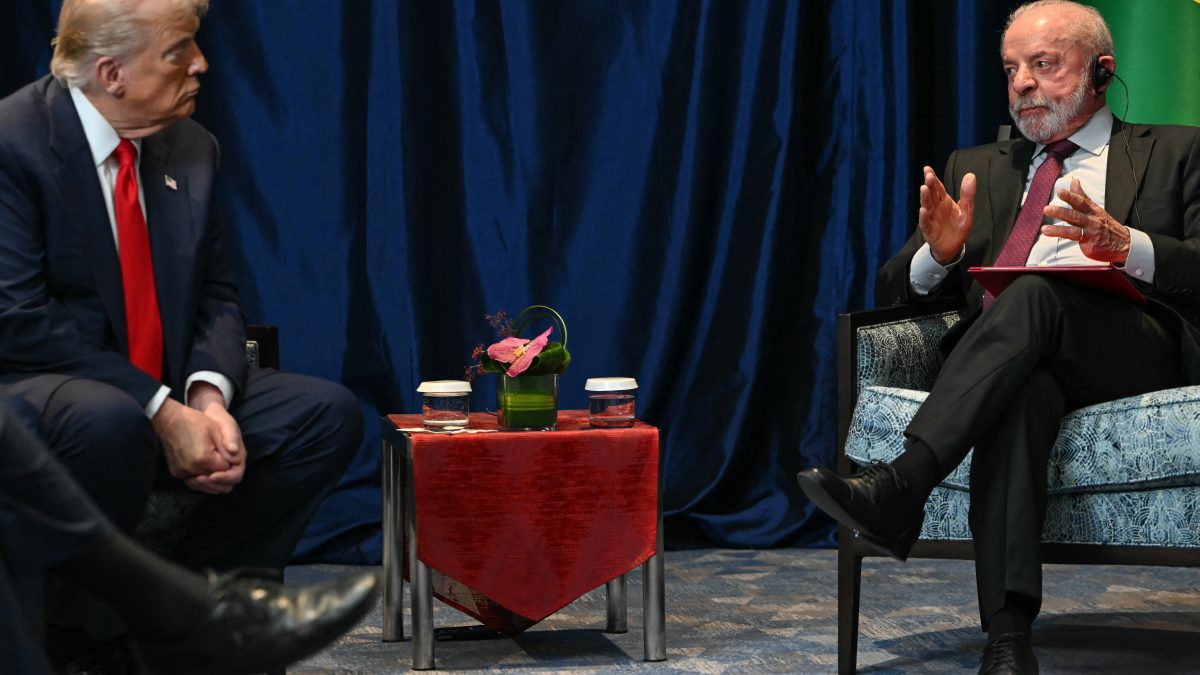)
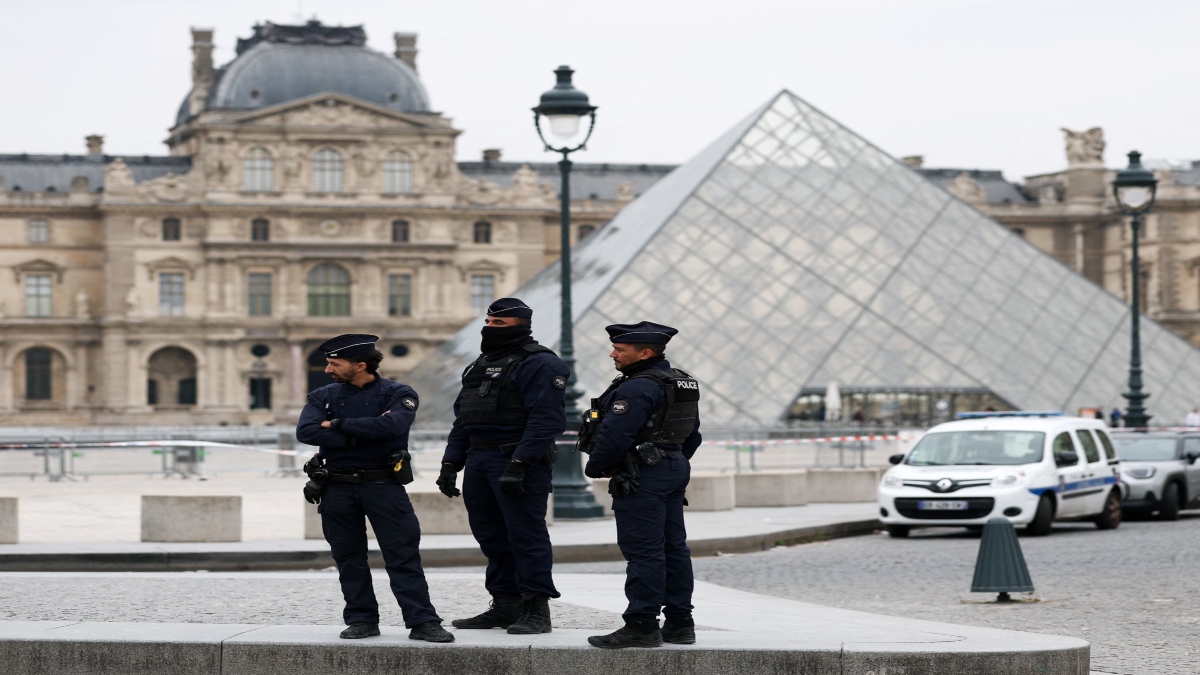)
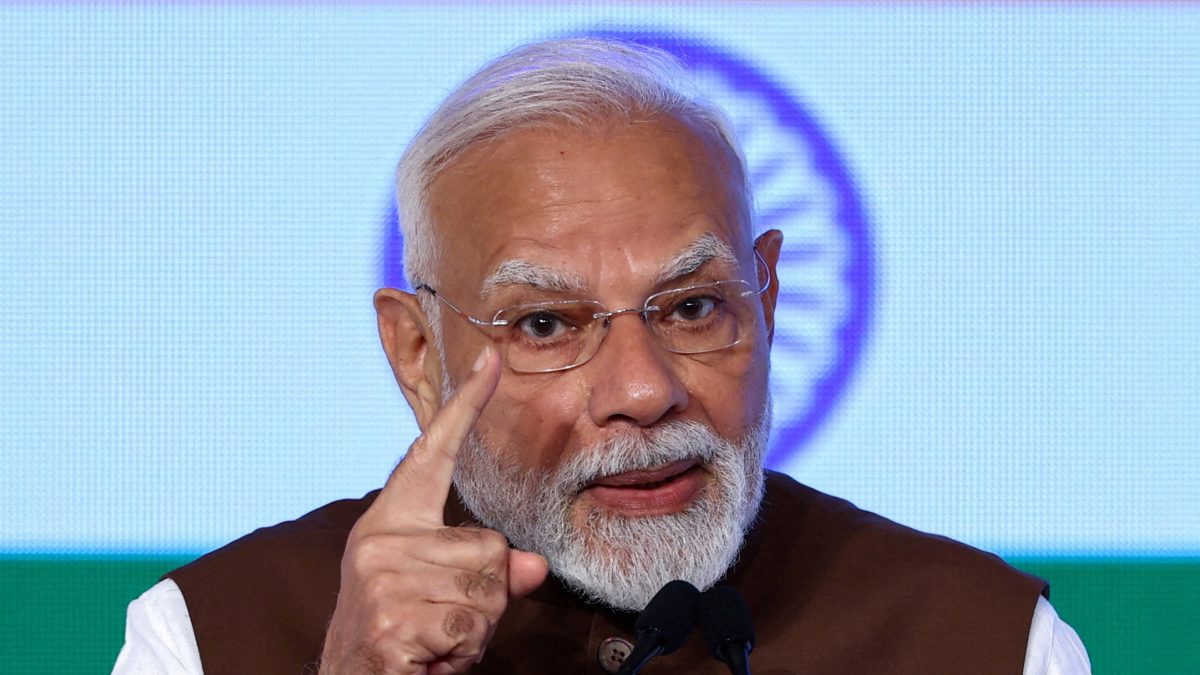)
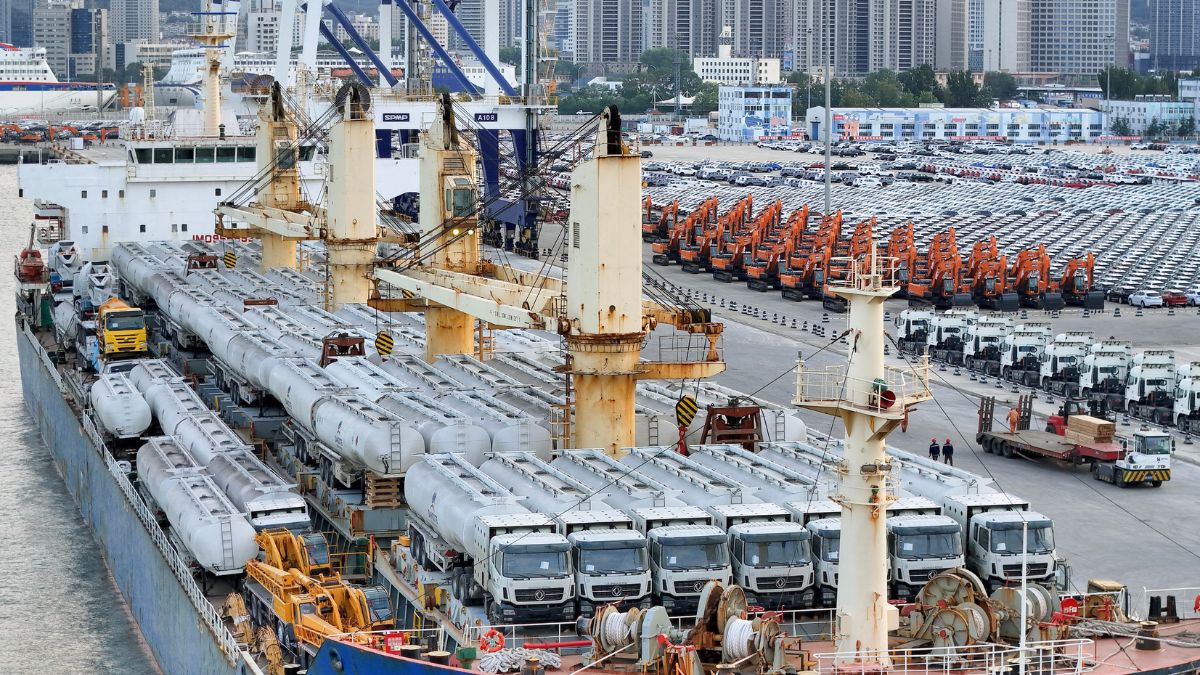)
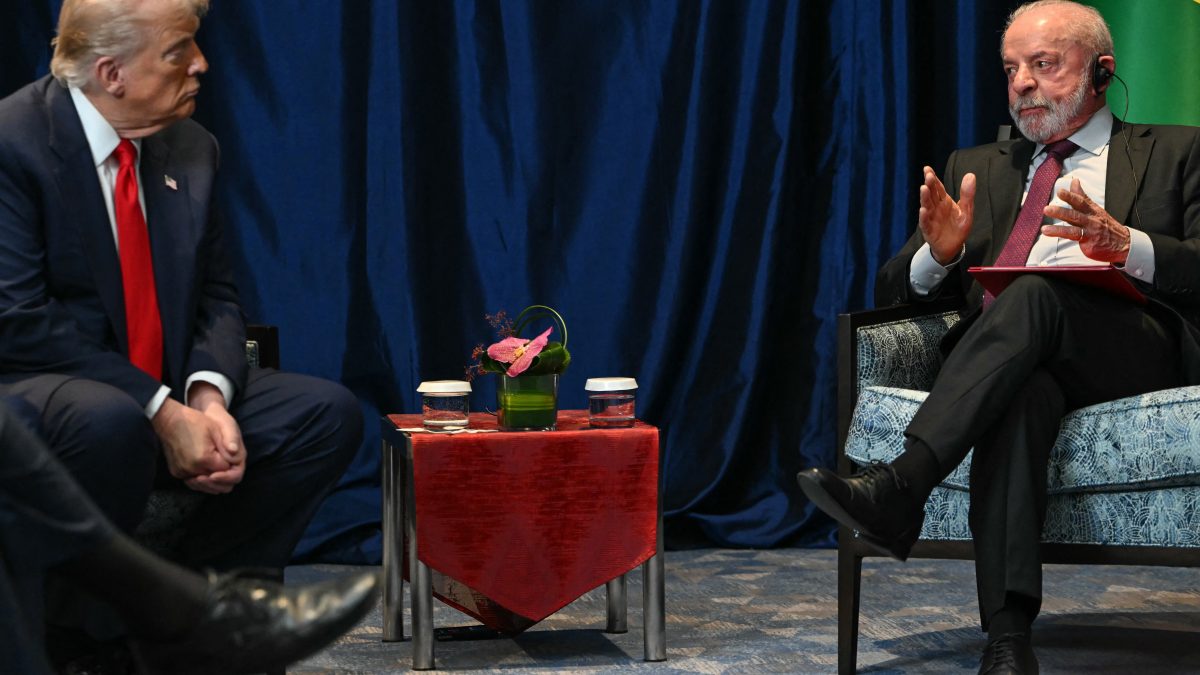)
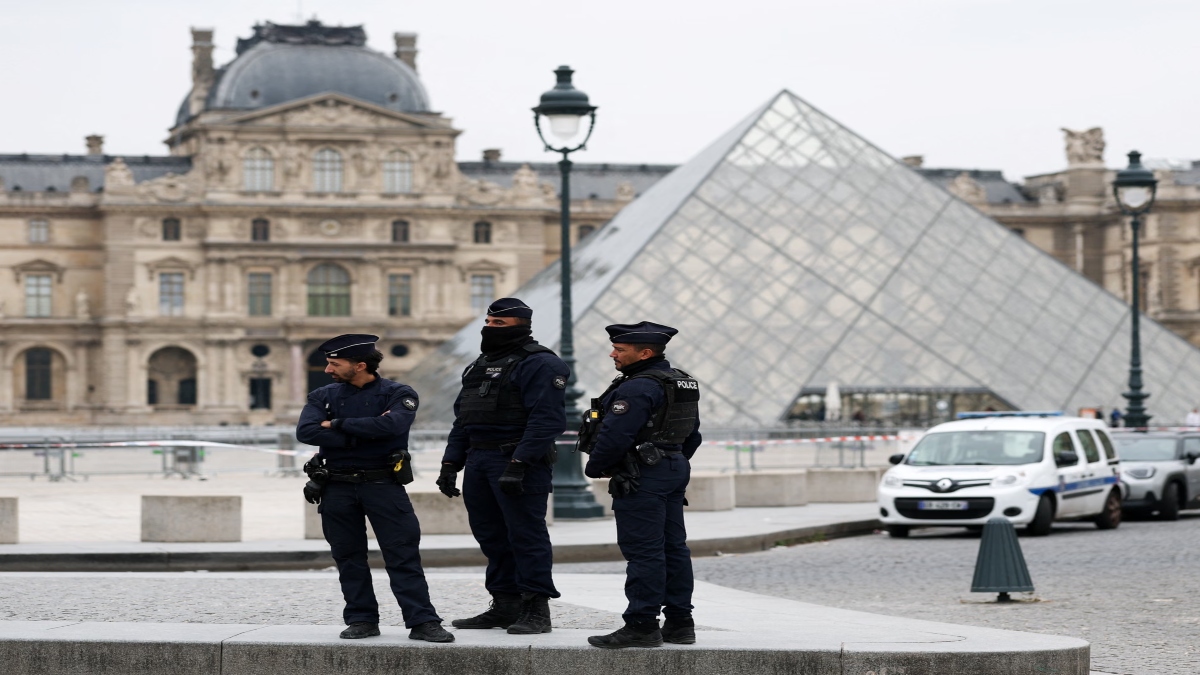)



